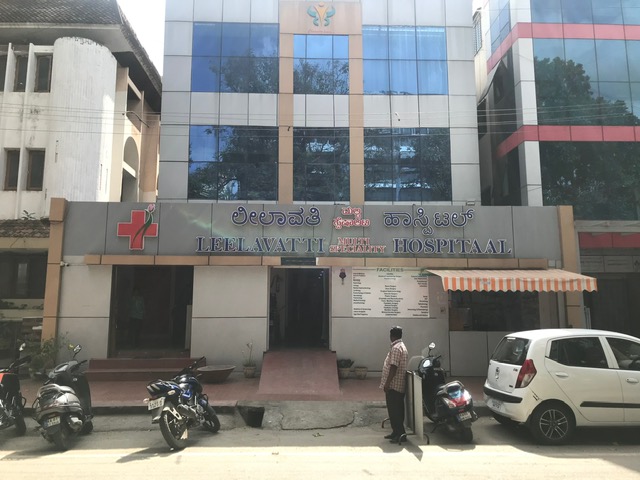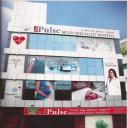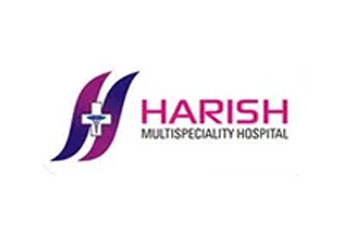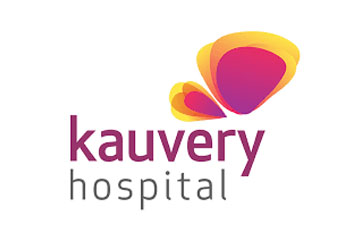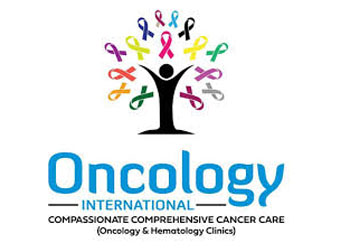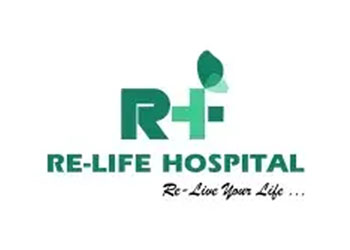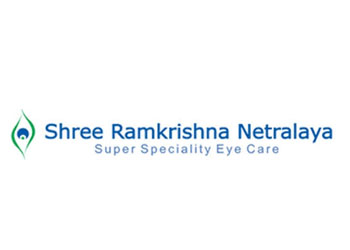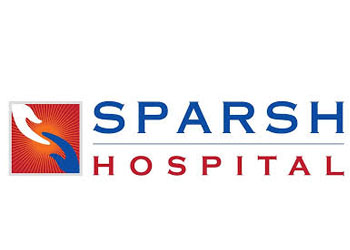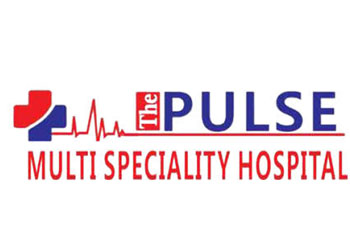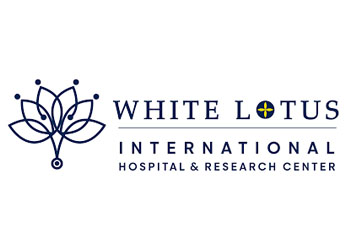Personalised IVF & Fertility Solutions, Rooted in Compassion and Expertise

Both In Vitro Fertilisation (IVF) and Intracytoplasmic Sperm Injection (ICSI) are known as assisted reproductive technologies. Such methods have become very popular among individuals and patients who are suffering from infertility. IVF includes retrieving eggs from a woman’s ovaries and fertilising them with sperm in a lab. The embryos that are created via IVF are then cultured and are subsequently transferred into the uterus for the possibility of implantation and pregnancy. ICSI is an IVF procedure, specifically performed in cases of male infertility or poor fertilisation histories. As opposed to conventional IVF, ICSI involves the direct injection of one healthy sperm as opposed to allowing the sperm to penetrate the egg on its own, hence increasing the chances of fertilisation. In case of blocked fallopian tubes, low or poor sperm count/ motility, unexplained infertility or failure in other infertility treatments, IVF and ICSI will be recommended to the couple. They are also very effective for people who are using donor eggs or sperm. There are many benefits, like improved chances of getting pregnant and the option to check embryos for genetic health.

A uterine transplant is an innovative surgery that can give a woman hope of carrying a child if she was born without a uterus or lost it because of illness or injury. It requires that a healthy uterus (usually one from a living or deceased donor) be transplanted into a recipient, so that she can carry a pregnancy. It begins with careful screening and matching of the donor and recipient. After compatibility is tested and a match is confirmed, the transplant surgery is done with the patient under general anaesthesia. Immunosuppressant drugs are given after the transplant to reduce the risk of rejection. Once the transplanted womb is secured and functioning, IVF-produced embryos are transferred into the new uterus. The uterine transplant is intended to be used in women who suffer from Absolute Uterine Factor Infertility (AUFI), and it includes conditions such as Mayer-Rokitansky-Küster-Hauser syndrome, or damage to the uterus due to cancer treatment or a hysterectomy. Candidates should be of good health, non-smokers and be mentally ready for the demands and emotional aspects of the treatment. The major advantage is the opportunity to have the pregnancy and childbirth experience that has hitherto been unavailable to many women with AUFI. Uterine transplantation not only affords women the ability to have children but also the emotional and psychological gratification of motherhood. After a successful pregnancy and delivery, the transplanted organ is generally removed, thus limiting the long-term need for immunosuppression.
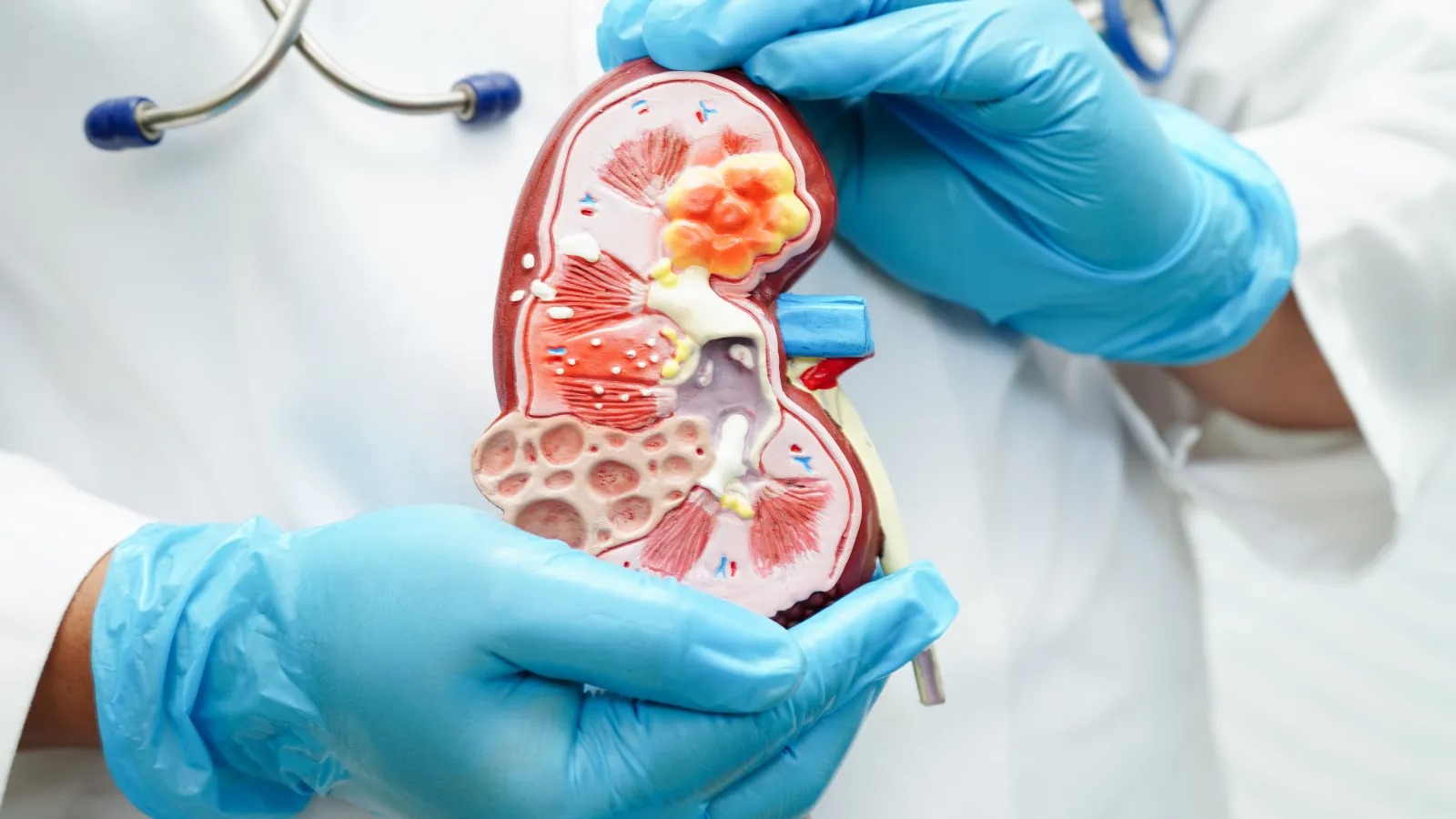
Egg freezing and embryo cryopreservation are fertility preservation techniques that allow individuals to plan for future parenthood. These methods are ideal for those facing medical treatments that may affect fertility, or those who wish to delay parenthood for personal, professional, or health reasons. Egg freezing (oocyte cryopreservation) involves stimulating the ovaries with hormones to produce multiple eggs. Once mature, the eggs are retrieved and frozen using rapid cooling methods (vitrification) for future use. Embryo cryopreservation follows a similar process, but the eggs are fertilised before freezing. These procedures are commonly recommended for women undergoing chemotherapy, surgery, or hormone therapy, as well as those in their 20s and early 30s who want to preserve fertility at peak egg quality. Couples undergoing IVF may also choose to freeze unused embryos. The main advantage is that it provides reproductive freedom; individuals can attempt pregnancy later using their own eggs or embryos. Frozen eggs and embryos can be stored for years with high survival rates during thawing. Fertility preservation empowers patients with control over their biological timeline. It also increases the chances of a successful pregnancy later in life, especially as natural fertility declines with age.

Laparoscopic and hysteroscopic fertility surgeries are minimally invasive procedures used to diagnose and treat reproductive issues that may hinder conception. These surgical methods offer both diagnostic insight and therapeutic benefit without large incisions or extended recovery times. Laparoscopy involves inserting a small camera through a tiny incision in the abdomen to visualise pelvic organs. It can detect and treat endometriosis, ovarian cysts, fibroids, and blocked fallopian tubes. Hysteroscopy is performed by inserting a scope through the cervix into the uterus to diagnose or treat conditions like polyps, fibroids, adhesions, or congenital abnormalities. These procedures are typically recommended for women experiencing unexplained infertility, irregular menstrual cycles, pelvic pain, or suspected uterine abnormalities. They are also useful for evaluating tubal patency or removing obstacles that prevent embryo implantation. Benefits include improved fertility outcomes, reduced surgical trauma, quicker recovery, minimal scarring, and lower complication rates. Most patients return to normal activities within a few days. Laparoscopic and hysteroscopic fertility surgeries not only improve reproductive anatomy but also enhance natural conception chances or optimise conditions for assisted reproductive technologies like IVF.
Hospital
Leelavathi Multispeciality Hospital
IVF & Fertility
N0 7,2nd main road , Chamarajpet
- Bangalore, Karnataka
-
Timings:
24/7 Service
PULSE MULTI SPECIALITY HOSPITAL
IVF & Fertility
NO/5/8/1 ,50 FEET ROAD MUNESHWARA BLOCK GIRINGAR, BANGALORE.
- Bangalore, Karnataka
-
Timings:
24/7 Service





